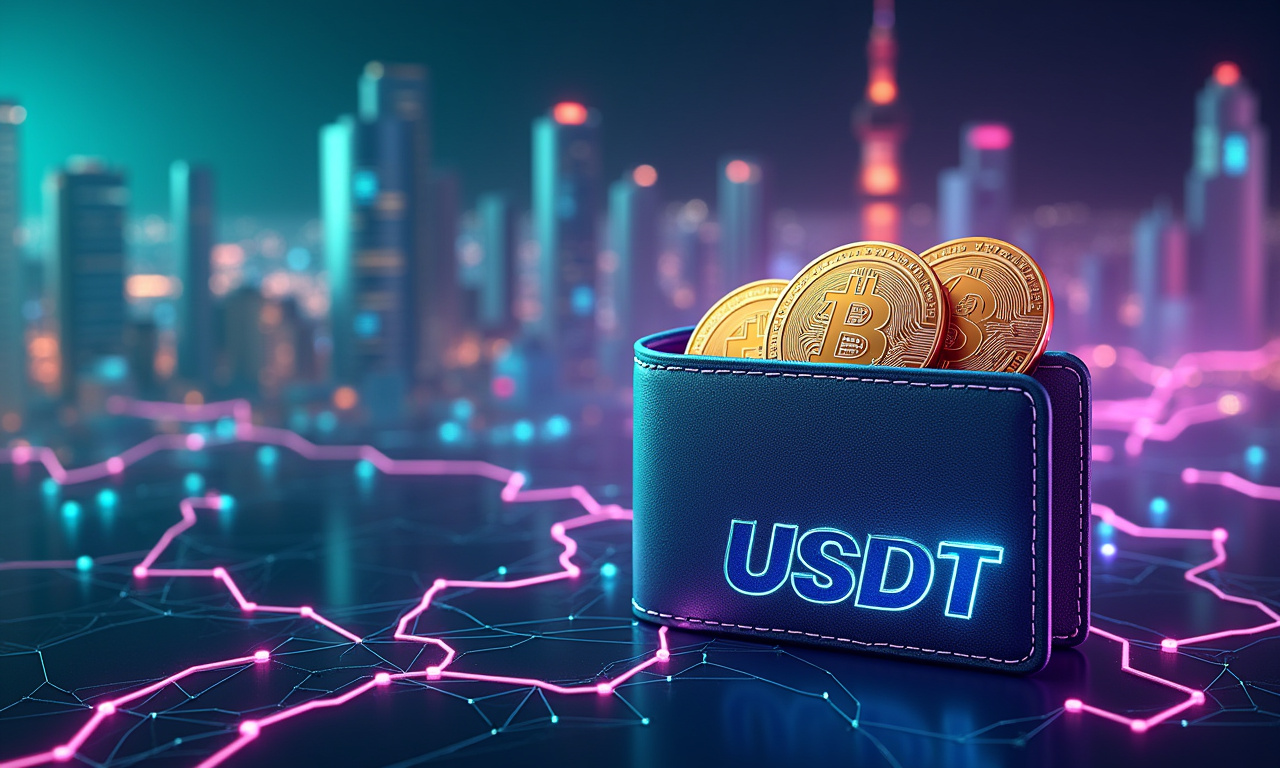Ethereum, an open-source software platform, introduced smart contracts and decentralised applications (dapps) to the world, operating without downtime, centralised control, or third-party interference. Yet the platform has morphed almost beyond recognition. On September 15, 2022, it successfully concluded ‘The Merge,’ transitioning Ethereum from a Proof of Work (PoW) to a Proof of Stake (PoS) consensus mechanism and lowering energy use by roughly 99.95%. Ethereum introduced its biggest change since The Merge with the Pectra upgrade on 7 May 2025. This upgrade brought the concept of smart accounts. They unlock these special use-cases by letting wallets act like smart contracts, powering transaction batching or gas fee sponsorship, for example. Then there are other major milestones like the first decentralized autonomous organization (DAO). Unfortunately, this was dimmed by the $60 million ETH heist. Moreover, in January 2018, the whole crypto market hit its ATH of $1,218.91 from the heights of the ICO boom. Ethereum's branding leans toward intellectual rigour and resilience, bolstered by annual events like Devcon, and it maintains a broad global presence with over 10 million followers across major social media platforms.
Ethereum's Technological Foundation and Performance
Ethereum’s network supports an average of just 17 transactions per second (tps). Although the network has established a new high of 62.3 tps, its theoretical limit is around 119 tps. With Ethereum’s Proof of Stake (PoS) consensus mechanism, block proposers are chosen roughly every 12 seconds. This process creates an accessible environment for people and communities to engage in staking.
Meanwhile, transaction fees on Ethereum take an average of US$0.27 to complete, though the price of transactions varies wildly depending on network conditions. Ethereum’s flexible design provides an opportunity for it to evolve over time, and the upcoming Pectra upgrade would be a big step in that direction.
Ethereum took the blockchain world by storm with its groundbreaking smart contract capabilities. It brought us smart contracts, non-fungible tokens (NFTs), altcoins, meme coins, GameFi, and smart dapps. These innovations have disrupted every industry imaginable, from finance to the world of digital art.
Historical Challenges and Recovery
In June 2016, Ethereum suffered a major blow from what’s now referred to as the ‘DAO Hack’. At one point during this event, hackers found vulnerabilities in the DAO, leading to the theft of $60 million worth of ETH. This event prompted a 70% crash in Ethereum’s price and destroyed consumer trust in the platform.
In some ways, though, Ethereum had started to prove itself in recovery already, as the organization built to weather the storm of the DAO Hack. The cryptocurrency community responded to the crisis with a hard fork and fully reimbursed all of the affected users while stabilizing the network.
In January 2018, the ICO Boom led to a massive increase in Ethereum’s adoption & price. In March, the platform hit an amazing new all-time high (ATH) of $1,218.91. This milestone was a testament to the growing interest and investment in Ethereum’s burgeoning ecosystem.
Pectra Upgrade
The latest Pectra upgrade, which came into effect on 7 May 2025, is Ethereum’s biggest change since The Merge. This release brought us smart accounts, allowing wallets to operate as smart contracts.
Smart accounts come with more powerful features such as transaction batching. This process batches together several transactions into one, allowing for reduced gas fees and increased efficiency. One notable feature is gas fee sponsorship. This enables third parties to subsidize transaction costs for users, significantly increasing accessibility, while creating a more seamless user experience.
With the Pectra upgrade, Ethereum wallets get a sizable improvement in functionality and usability. This further democratizes the platform and spurs quicker implementation across a larger audience. These improvements are definitely intended to help sustain further adoption and further development inside the Ethereum ecosystem.
Ethereum's Branding and Community Engagement
This branding strategy, focusing on the intellectual rigor and resilience of the project, has allowed Ethereum to attract top developers, researchers, and enthusiasts. As we’ve seen, annual events such as Devcon are part and parcel of building a community-oriented space that encourages communication, transparency, and collaboration.
Devcon serves as a platform for developers, researchers, and community members to come together, share ideas, and showcase the latest developments in the Ethereum ecosystem. These developments only add to Ethereum’s growing stature as the most innovative and forward-looking blockchain platform.
Ethereum currently has one of the strongest international presences on various platforms. With a combined 10 million+ followers on Twitter, Reddit, YouTube, and Discord, its reach is enormous. This vast and enthusiastic online community is helping to drive Ethereum’s growth and adoption.




